22 February 2025
Video games have come a long way since the days of pixelated graphics and 8-bit soundtracks. While technology evolves, and new titles flood the market every year, certain video game characters remain etched in our hearts and memories. Whether it's a mustachioed plumber, a mystical warrior, or a cheeky bandicoot, some characters just stick. But why is that? What makes some video game heroes and villains endure for decades while others fade into obscurity?
Let’s dive into the magic formula—if there even is one—that allows certain video game characters to stand tall in the annals of gaming history. 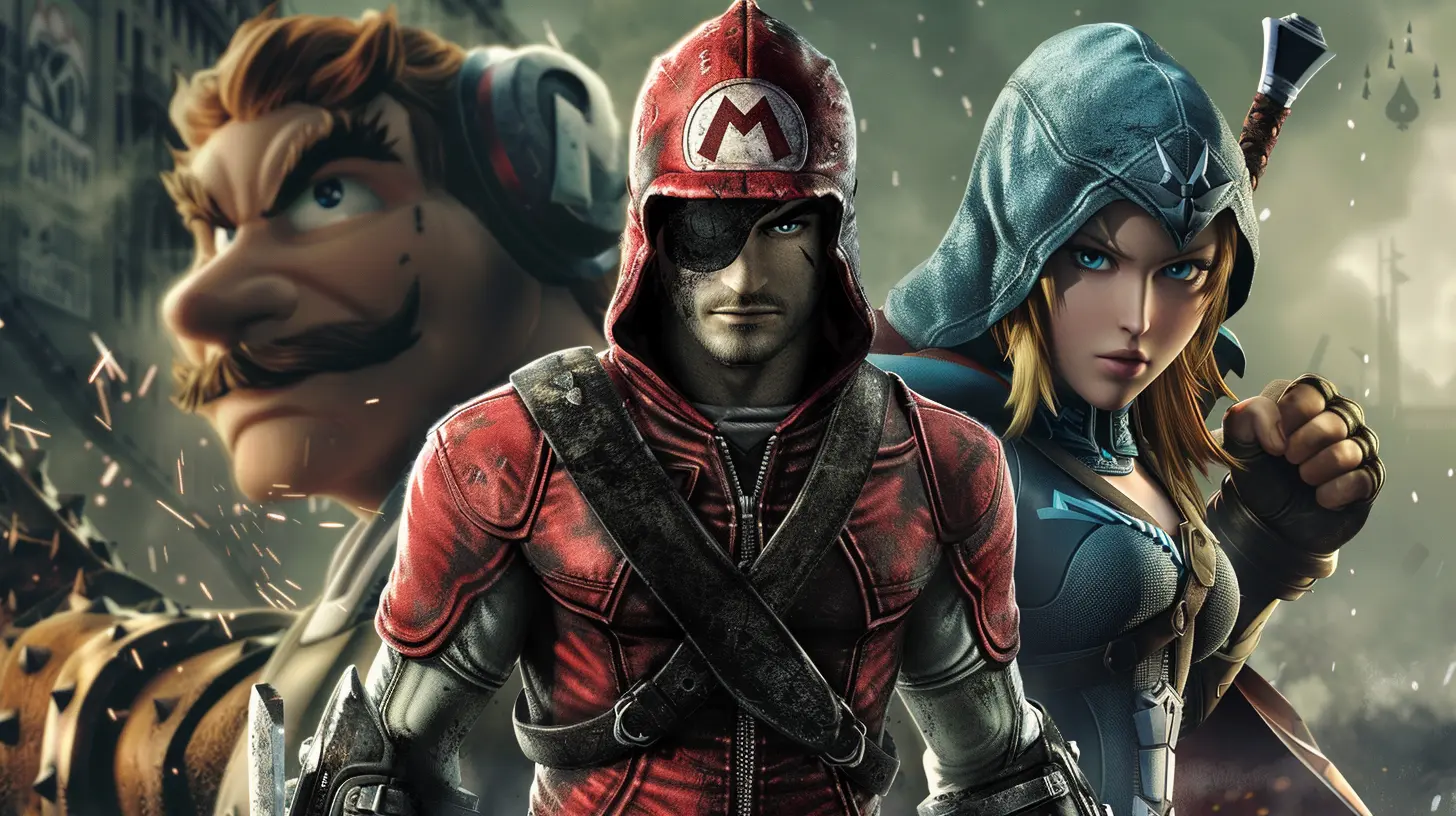
Iconic Design: Simplicity Meets Recognition
Have you ever noticed how some of the most memorable characters have a straightforward design? Think about Mario. He’s a short guy with overalls, a red hat, and a bushy mustache. He’s simple, yet instantly recognizable around the world. You could show his silhouette to someone who doesn’t even game, and they’d probably shout, “It’s-a me, Mario!”The best designs aren’t just eye-catching—they’re timeless. Look at Sonic the Hedgehog. With his bright blue fur and confident smirk, he oozes personality. His design screams speed, and that’s exactly what his character is all about.
Simplicity doesn’t mean dullness. It means creating a visual identity that sticks like glue. People connect instantly with designs that are easy to remember. It’s like being able to hum a catchy tune after hearing it once. 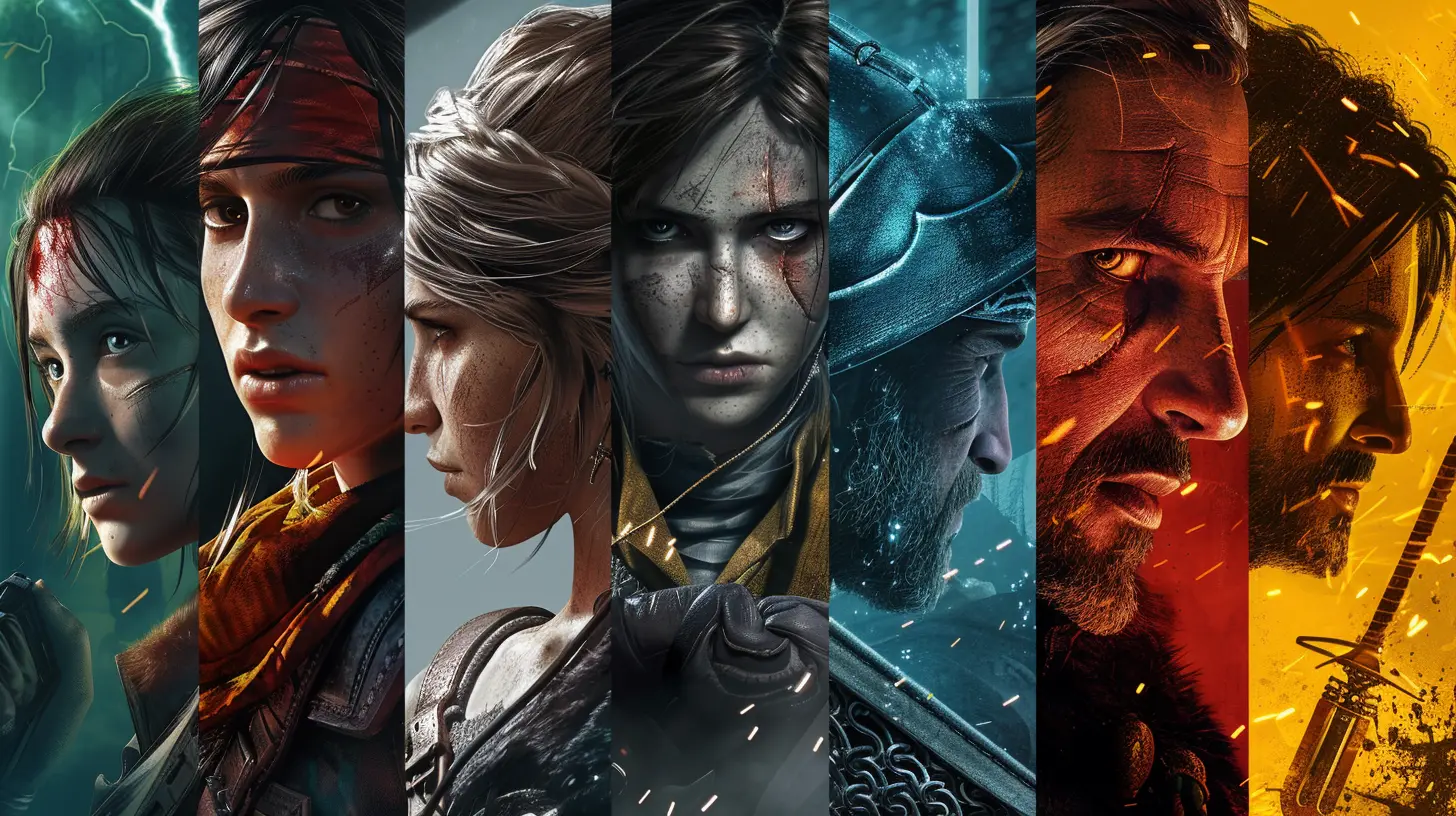
Relatable Personalities: The Heart of a Character
What’s the deal with these characters feeling so human, even when they aren’t? It’s because they’re written to be relatable in some way. Master Chief from Halo is a super-soldier, yet his moments of vulnerability and stoic determination remind us of qualities we admire (or wish we had).Link from The Legend of Zelda doesn’t even speak, and yet we feel his courage and sense of duty as he journeys to save Hyrule. He reflects that quiet, steadfast heroism we all aspire to.
People don’t just care about how a character looks. They care about how a character feels. When you connect emotionally with a character, they stop being just pixels on a screen—they become part of your world. 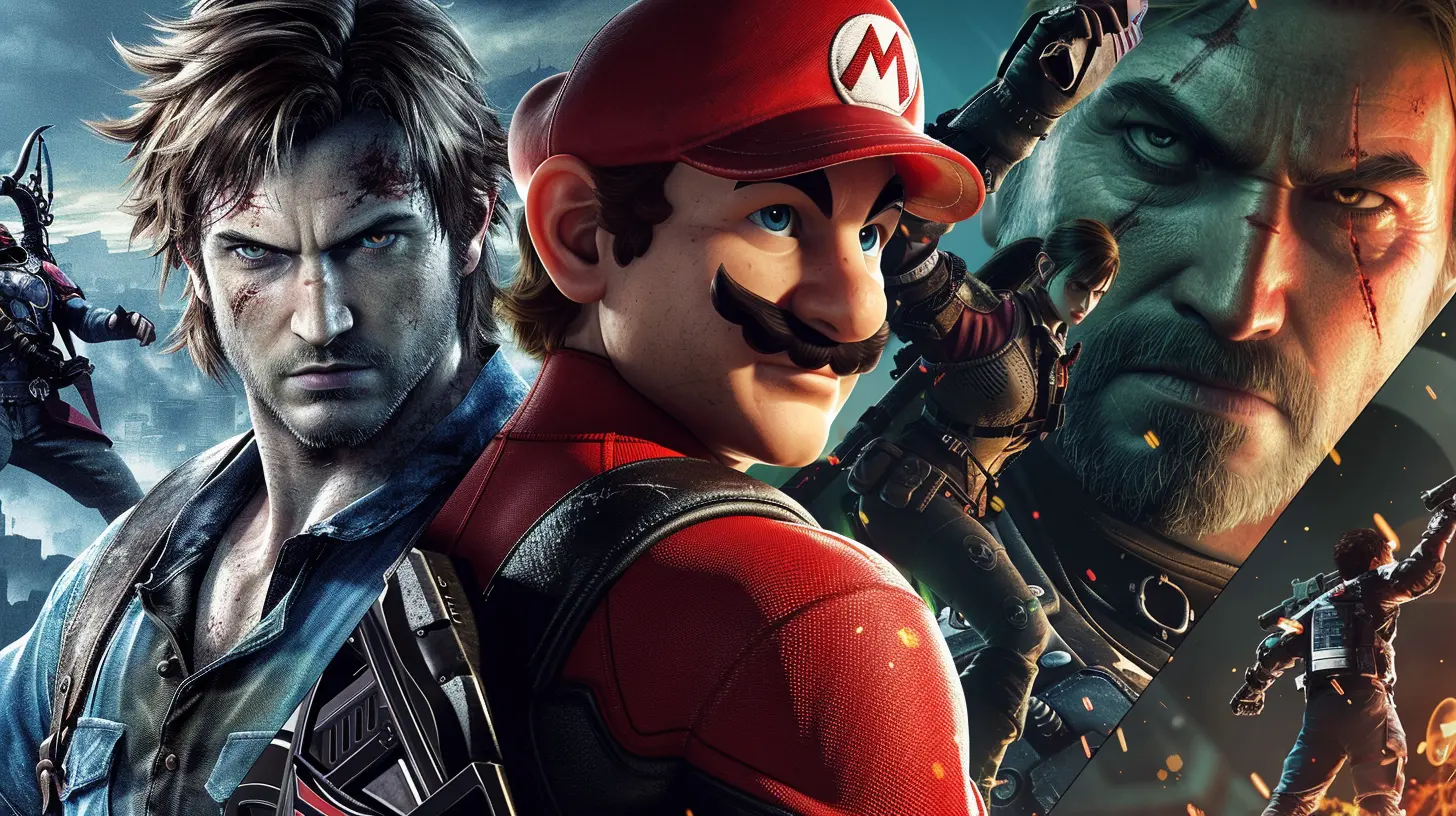
Catchphrases and Quirks: Locking in Nostalgia
“Do a barrel roll!”“It’s dangerous to go alone! Take this.”
“Finish him!”
Some characters (or games) are instantly tied to phrases or quirks that make them utterly unforgettable. It’s like having a signature move in wrestling, something iconic that can’t be replicated.
Take Lara Croft from Tomb Raider. Sure, she’s got the skills and smarts to tackle ancient tombs, but her bold, fearless attitude? That’s what sets her apart. Or how about Pikachu? Yeah, it’s cute, but that “Pika Pika!” is what makes it irresistible.
Unique traits, whether it’s a specific gesture, tone of voice, or catchphrase, burn these characters into our memories. 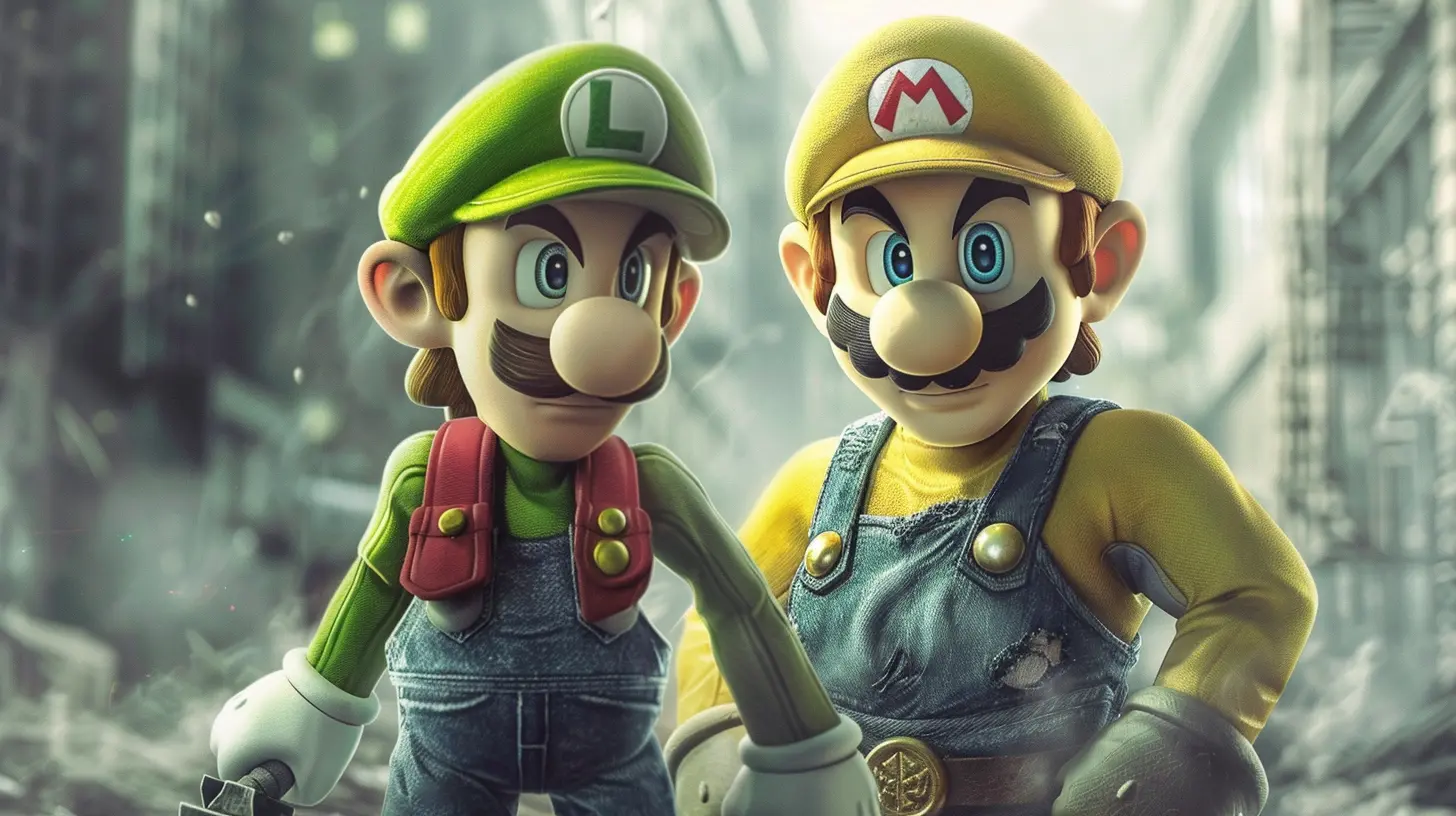
Cultural Impact: Breaking into the Real World
Ever seen someone cosplay as Mario or dress up as Chun-Li for Halloween? That’s cultural impact right there. The characters that stand the test of time don’t just live in our gaming consoles—they become part of pop culture.Street Fighter’s Ryu throwing a Hadouken? That’s more than just a gameplay mechanic; it’s a cultural phenomenon. Or how about Pokémon’s Pikachu? It went from a Game Boy sprite to having its own movie franchise and global merchandise empire.
When a character escapes their digital bounds and enters broader storytelling mediums—movies, TV shows, cartoons—they reach legendary status.
Evolution Without Betrayal
Here’s the tricky part. Characters that endure also evolve, but they don’t lose their core identity. Mario is a brilliant example. He’s gone from 2D platformer to kart racer to Olympic athlete, yet he’s still Mario.Let’s talk about Kratos from God of War. In the original games, he was an embodiment of rage and revenge—a brutal anti-hero. But his character arc in the 2018 reboot gave him a new layer of depth. Suddenly, he’s a father grappling with his past and trying to forge a better future for his son. That growth didn’t erase who he was before; it added to it.
Characters that can adapt while staying true to themselves are the ones that we’re willing to follow through journeys spanning decades.
Memorable Storylines: Writing That Sticks
Great characters live in great stories. Period. The best characters aren’t just thrown into random events—they’re shaped by the stories they’re part of.Take Cloud Strife from Final Fantasy VII. His story is one of identity, loss, and redemption. Players don’t just “play” as Cloud; they live through his struggles and triumphs.
Or think about Geralt of Rivia from The Witcher. His dry wit and moral dilemmas would be far less compelling without the rich, morally complex world he inhabits.
A character becomes immortal when their story resonates on a deeper level with players, making them think beyond the screen.
Nostalgia and Emotional Connection: The Glue That Holds It All Together
Let’s be honest—nostalgia is a cheat code for video game characters. The memories of staying up late trying to beat Bowser or collecting every Chaos Emerald with Sonic aren’t just experiences; they’re emotions.These characters often become symbols of our childhood or specific moments in life. It’s not just about the game itself; it’s about who we were when we first met these characters.
It’s why remastered versions or sequels of older games excite us so much. Taking a trip down memory lane with Mario or Samus isn’t just playing a game—it’s revisiting a cherished chapter of our lives.
The Role of Fandoms: Keeping the Flame Alive
Characters like Master Chief or Solid Snake can also thank their dedicated fandoms for their longevity. Fan art, memes, fanfiction, and even heated debates in gaming forums breathe life into characters long after their latest game releases.Remember when Sonic the Hedgehog had a questionable live-action design? The outcry from fans was so strong that the studio went back and redesigned Sonic to look more like his iconic self. That’s the power of a passionate community.
Fandoms keep the spark alive, ensuring these characters remain relevant in the ever-changing world of video games.
Standing the Test of Time Ain’t Easy
Not every character can pull this off. For every Mario, there’s a dozen characters who just didn’t manage to stick around. Sometimes it’s bad writing, forgettable design, or just sheer bad luck.But for those characters that do endure, it’s a mix of brilliant design, emotional resonance, cultural impact, and a bit of nostalgia-fueled magic. They’re not just protagonists in a game; they’re icons that define entire eras of gaming.
The next time you play a game, take a closer look at the characters. Ask yourself if they’ve got what it takes to become timeless. Who knows? You might just be meeting the next legendary figure in gaming history.

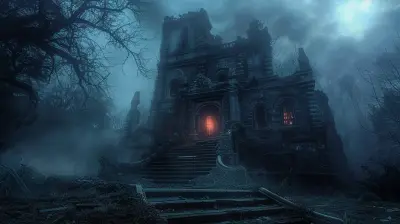
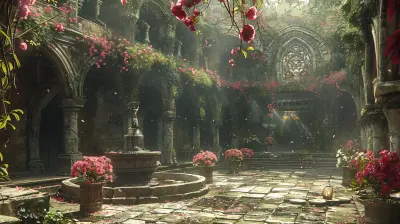
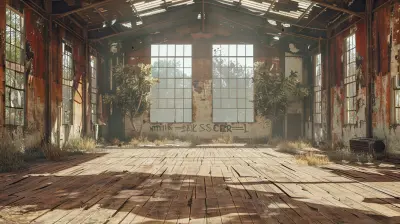
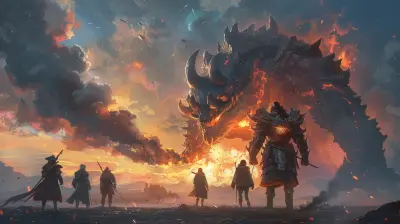
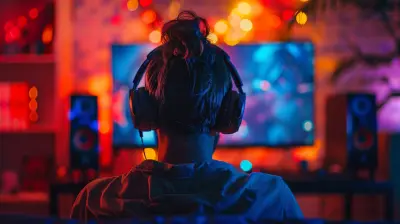
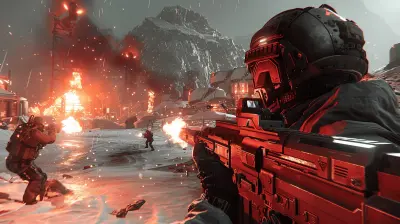
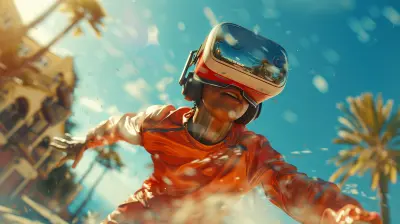
Luella McIntyre
This article sparks my curiosity! What unique traits or storytelling techniques contribute to certain characters’ timeless appeal? I’d love to hear more examples and insights on how they resonate with gamers across generations!
March 15, 2025 at 4:48 PM